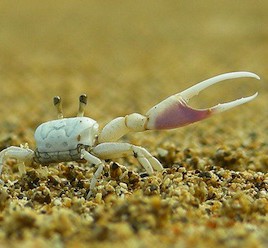A new study shows how some species of fiddler crabs can compensate for changing temperatures when timing their courtship. Fiddler crabs sync up the hatching of their young with bimonthly higher tides in order to ensure they have the best chance of escaping predators. But at some times of year, cold temperatures can slow embryo […]
Tag: animals
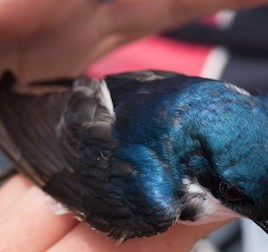
Tree swallows in Quebec in decline
A new study shows that tree swallows between Montreal and Sherbrooke became fewer (-19% population decline) and smaller (-8% weight loss) from 2005-2011, especially the females. Insect-eating birds are in decline all across northeastern North America, and pesticide use is a suspected culprit, but the authors did not find a link between weight loss and […]
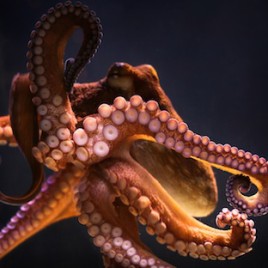
Why don’t octopuses tie themselves up in knots?
New research indicates that octopus skin exudes a chemical substance that repels its own suckers. Octopus arms – which remain alive for up to an hour after amputation – do not grab octopus skin or objects covered in octopus skin, although they will grab skinned octopus parts. This suggests a chemical repulsion, though the researchers […]
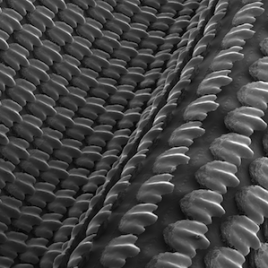
Researchers create artificial shark skin
A new ultra-realistic 3D model of shark skin could help humans mimic its speed-boosting properties. Researchers used micro-CT scanners to create a detailed computer model of the skin of a mako shark – which is covered in tooth-like scales called denticles – and then printed their own version using a 3D printer. Experiments showed that the […]
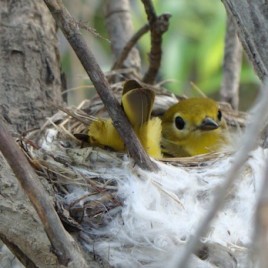
Warblers limited by winds during migration
A new study shows that survival and productivity of the yellow warbler depends most strongly the weather conditions during migration, rather that those in its breeding or wintering grounds. Researchers banded and monitored 380 of the tiny songbirds, which which breed in western Canada and overwinter in Mexico and Central America, over seven breeding seasons. […]
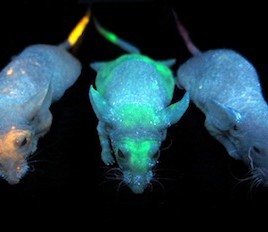
⚑ Glowing mice track nanoparticle exposure
Researchers have come up with a quick, non-invasive way to measure nanoparticle exposure: examine the skin. Previous work with gold nanoparticles and quantum dots made of various metals has shown that these nanoparticles accumulate primarily in the liver or the spleen, but they show up in the skin too; in high enough doses, they can […]
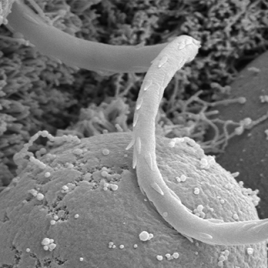
How a harmless alga became a lethal parasite
A new genomics study shows how a free-living, photosynthetic alga – that is, a type of green pond scum – evolved into an insect parasite that kills juvenile blackflies, caterpillars, beetles and mosquitoes. The sequenced genome of Helicosporidium shows that it kept nearly all its genes except those required for photosynthesis when it made the […]
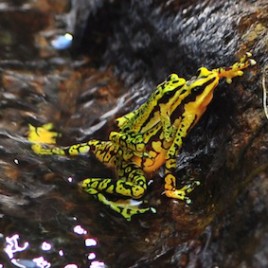
Will a deadly fungus wipe out frogs in your area?
Batrachochytrium dendrobatidis is a fungus that causes a deadly skin disease in frogs and other amphibians, and is one of the factors contributing to the global decline of amphibians. A new mathematical model shows that the reproduction quotient – that is, the average number of new spores produced by an initial spore over its lifetime […]

‘Scent of man’ stresses lab mice out 
A new study shows that the behaviour of mice used in scientific experiments was altered by the presence of men, but not women. The study shows that in the presence of male experimenters and male odours, mice were less sensitive to pain, a phenomenon called stress-induced analgesia. Lab mice are more stressed when the […]
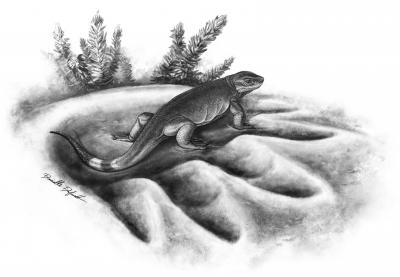
Early plant-eaters evolved from tiny meat-eaters
A new paper shows that giant herbivores evolved from much smaller creatures like the newly discovered Eocasea martini, a carnivore only 20 cm long. The study shows that similar transitions of small carnivores to large herbivores happened independently at least five times, setting the stage for the giant herbivores of 270 million years ago. These carnivores […]
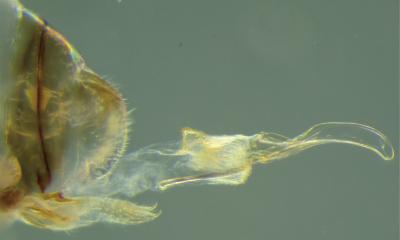
In Brazilian cave insects, females have penises
Researchers have discovered four related species of cave insects in the genus Neotrogla in which females have evolved an elaborate, penis-like organ known as a gynosome. By contrast, males have a much reduced, vagina-like opening, through which they provide nutritious seminal gifts in addition to sperm. Because of the resource-poor environment of the cave, it’s […]
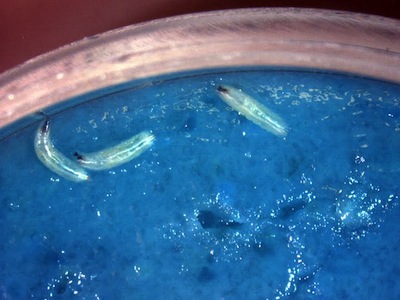
Fruit flies follow their gut instincts
Fruit flies are most attracted to fruit that already has flies on it, but what exactly are they smelling? A new study shows that the odour that attracts the flies is produced by neither the fruit nor the other flies and larva. Instead bacteria living in the guts of those other flies and larva produce […]
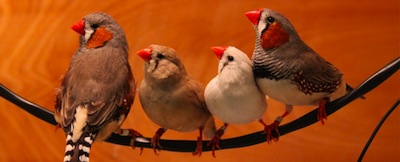
What bird brains can tell us about how we learn
When male songbirds sing to a female, they are note-perfect, but when they are singing by themselves, there are mistakes. By analysing the activity of brain cells, scientists have determined that this random error is actually generated in parts of the brain called the basal ganglia. They suggest that the behaviour is designed to help […]
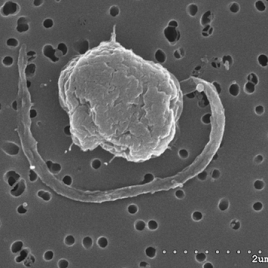
Genomics is ignoring microscopic “others”
According to a new study, genomics – the science of mapping genes and DNA sequences – is ignoring a huge amount of genetic diversity. The authors point out that 85 per cent of the genomes that have been sequenced are from plants, animals or fungi, yet these individuals within these groups are genetically very similar […]
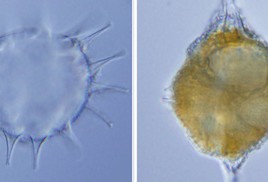
Million-year-old plankton comes back to life
Scientists have recovered a form of plankton thought to be extinct for a million years. It is the only surviving member of a plankton lineage common 50 million years ago. The heat-loving, single-celled organism Dapsilidinium pastielsii was thought to have disappeared from the fossil record because of colder ocean temperatures. However, a group of […]
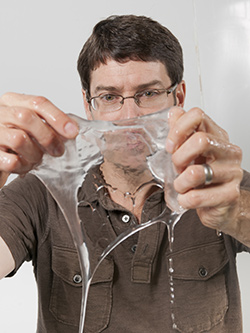
How the hagfish forms its slime
Hagfish slime – produced as a defense mechanism – contains long, thread-like proteins that can be as strong as spider silk. A new study provides insights that could help researchers create artificial versions of these threads for use in clothing or other applications. The study used advanced microscopic techniques to trace the life cycle of the hagfish […]
